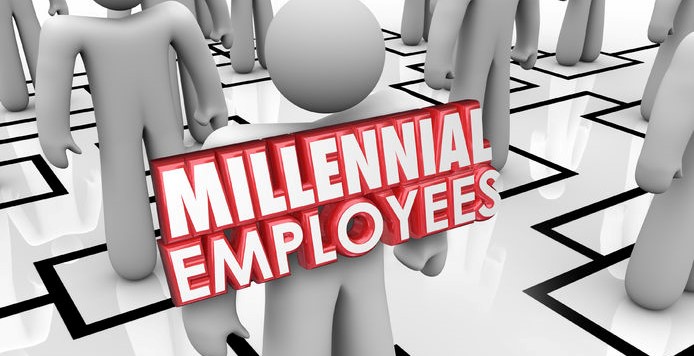It’s easy to fall into an “us versus them” mode with Millennials, especially by older workers; however, it’s important to find ways to break that circuit by accepting the differences, and by putting their unique talents and skills to work for your community.
By Susan Saldibar
We still seem to have a tug-of-war going on between Millennials ready to show their capabilities and the “our way has worked, why change it?” mindset of so many senior living communities.
While all the squabble continues, iTacit, a Senior Housing Forum partner, continues to meet the needs of both generations. That means allowing companies to assign both online and classroom training, so workers can use the iTacit dashboard to organize the classes they have taken, need to take, or are in the process of taking. All on the employees’ terms, of course.
What iTacit has done is to break the tug-of-war cycle by accommodating everyone; encouraging Millennial input from the start, then putting it into play in the form of practical solutions that let Millennials work their way, rather than forcing them into rigid, outdated programs. So here is some of iTacit’s hard-earned advice for the training a new generation workforce:
-
Don’t push manuals at them. iTacit advises those senior living communities still pushing manuals and classroom learning sessions on young workers to get going with online training. A classroom structure may work for fine tuning of skills and hands on exercises, but for everything else, Millennials seek flexibility. Going digital doesn’t mean purchasing or creating all new material. With iTacit, you can easily upload your existing courses.
-
Use tools and platforms they are comfortable with. According to the latest Deloitte Digital Democracy survey, Millennials expect what they term a “consumer-level technology experience” at work. That means they hold an assumption that their behavior and the way they interact in their work environment should reflect their non-work, everyday behavior, which is centered around social media, use of apps, and mobile computing. (Google “Millennials and Lotus Notes” and you’ll find plenty of explicit opinions on this topic.) Using devices and apps isn’t just one way to work and interact; it’s the only way they know.
-
Gear sessions towards leadership; not just following orders. In The Hartford’s 2015 Millennial Leadership Survey, 60 percent of 797 Millennials surveyed cited leadership training as the top training type they desired. While they can’t expect to rise to the top overnight, encouraging them to take on increasing levels of responsibility will help those who are more capable achieve their potential. And those are the individuals you want to retain, engage and grow within your organization.
Open doors for them, don’t close them.
It’s easy to fall into an “us versus them” mode with Millennials, especially by older workers. (After all, they are often referred to by their elders as the “Me Me Me Generation.”) But it’s important to find ways to break that circuit by accepting the differences, and by putting their unique talents and skills to work for your community. Think more along the lines of: “if you can’t beat ‘em, join ‘em.”
As older workers retire and Millennials establish themselves in increasing numbers, much of the uneasy adjustments will, hopefully, have been made.
The bottom line is that by 2020, Pew estimates that half of the U.S. workforce will be Millennials. They will no longer be a unique, new thing. Like the force the Baby Boomers were when they entered the workforce (and still are!), Millenials will push us all forward.
For more information on how iTacit is closing the generation gap by bringing technology to senior living communities, visit the iTacit website.








